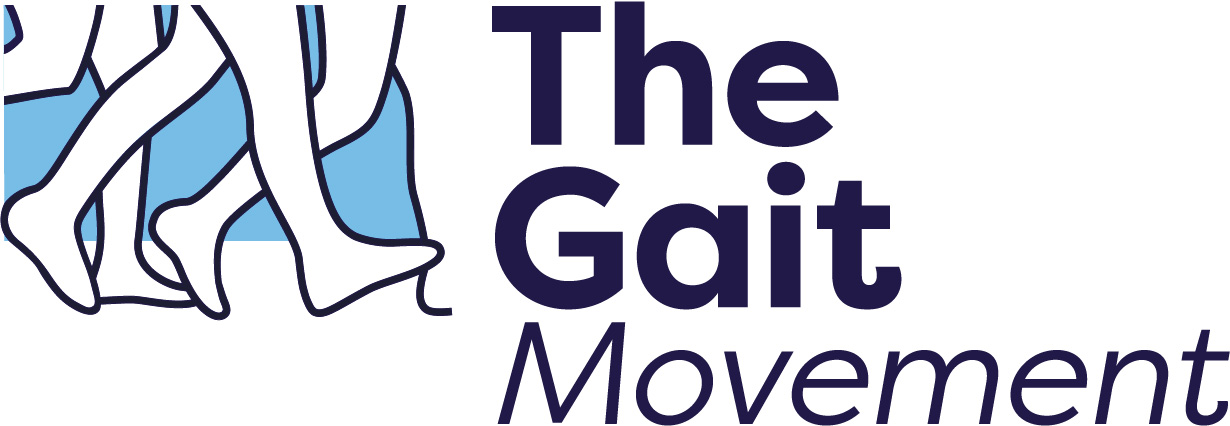
Estelle Humphris
Co-Author

Max Martin
Co-Author
We really need to start this conversation with a few definitions to ensure we are on the same page. When assessing a patient’s presentation, related to pain or other musculoskeletal issues, we conduct a range of biomechanical assessments to determine the cause of the problem. Most of these, typically, occur with the client on the plinth. By definition these assessments happen in an ‘open chain environment’. However, we know that this is not how the problem developed, or is experienced by the patient. The majority of musculoskeletal injuries occur ‘in movement’ and in weight-bearing. So doesn’t it make sense that we need to assess how people move – ideally in the injuring movement pattern, but if not, then at least in weight-bearing? This is where Functional Assessments for gait issues come in to play!
A functional assessment is exactly that. Looking at (assessing) the patient in the way they are likely to be hurting themselves. This is typically while they are upright, in a weight-bearing manner!
So we would suggest that we at least start by looking at the client in standing. This will give us an idea of how they distribute their weight and improve our understanding of how issues have occurred in the client. Then you can progress to watching them walk.
Further, if the person is a runner, don’t just watch them walk, you also need to watch them run! Gait issues often change from walking to running.
Gait analysis will point towards weaknesses or tightnesses that might be occurring. Once you have looked at the client walking and/or running, we suggest you then follow this up with a couple of simple weight-bearing tests that instantly disclose a lot of valuable information.
We highly recommend the following Functional Assessments for gait issues:
- Squat (double leg) – here you can quickly see the depth they are able to achieve in a squat. This can give a global overview of strength and ranges of motion.
Consider: do their ankles lift off the ground to allow more depth or alternatively do they pronate more to get this range? Or do they significantly abduct their feet? These patterns can indicate poor ankle range of motion (ROM).
Is there increased valgus of the knees and is this bilateral or unilateral? This can indicate glute weakness.
Do they twist and shift their body weight or open up one hip? This can indicate asymmetrical issues with strength (such as gluteals) or ranges of motion (Hip internal rotation or ankle dorsiflexion). - Single leg (SL) squat – any weaknesses hidden in the double leg squat will have a spotlight shone on them in a SL squat. Their dominant leg will often be identified as the client generally chooses the more stable leg first.
Any knee valgus, or pelvic drop, will be emphasised indicating glute weakness (or lack of control). This is important, because if you test glute weakness on the plinth in non-weight-bearing, you may not be able to apply enough strength long enough for the individual to make it a valid test. If we think about it, while this is a common test on the plinth, it does not really show us if the strength displayed is enough to support their body weight in standing, let alone over the thousands of steps taken in a day! In addition, sometimes clients may have enough strength in that open chain assessment, but not have the neuro-muscular coordination and ‘skill’ to apply that strength to control their dynamic posture in gait. - Knee to Wall Test – this will identify if there is a reduced ROM through the ankle and what compensation pathways the client takes, e.g. pronation through the foot/ankle, valgus through the knee or opening up the hips. These clients are likely to have an abductory twist or an early heel lift in gait.
Limited ankle ROM could be due to a forward shifted talus limiting ROM and require Foot Mobilisation Therapy; some clients may have very tight soleus limiting ROM.
Some clients may have asymmetries from right to left which could perhaps be from a Limb Length Difference, or a history of injury on one side e.g. an ankle sprain, or repetitive single sided daily activities or sports. - Hip Flexor Function Testing – Much is discussed about the extension chain in gait, but very little is often said about the flexion chain. Hip flexor function is very important when driving the thigh forward for walking, running, and climbing stairs.
A test to assess the function of all primary hip flexors is to observe the client’s capacity to hip flex beyond 90° in standing.
The client should be able to stand with a neutral spine, hugging their knee towards their chest, with their hip flexed beyond 90° of hip flexion. They should then be able to hold the hip flexed above 90° once they remove their hands. This will identify strengths and weaknesses through the 4 main hip flexor muscles.
Rectus Femoris and Tensor Fascia Latae (TFL) have strong lever arms up to 90° of hip flexion. To lift higher than 90°, strength from psoas and iliacus needs to kick-in. If the client releases their hands and the leg suddenly drops to 90°, then psoas and iliacus are too weak to achieve a higher range. In this case, often TFL will be tight in compensation for the weak psoas and iliacus, and may cramp during this test as it is overworked.
The aim of the Functional Assessments above is to filter out unnecessary tests and to point you towards the key areas of the body (joints/muscles) that may need further testing. This is where you would introduce the more common open-chain plinth tests to fine tune your understanding of the client’s needs.
From the assessments above, we can gain quick and valuable insights into the underlying causes of a client’s issues. Traditional plinth-based assessments, while valuable and have their place, often overlook the dynamic nature of injuries and fail to capture the full picture of how clients move and experience pain.
We hope you can see the importance of incorporating functional assessments into our evaluation process for a comprehensive understanding of our client’s musculoskeletal conditions. This approach enables us to provide more accurate diagnosis, tailor treatment strategies, particularly exercise prescription, to address the root cause and promote optimal movement patterns, thus improving patient outcomes.
Learn more about Functional Assessments for gait issues in our Foundations Course.

